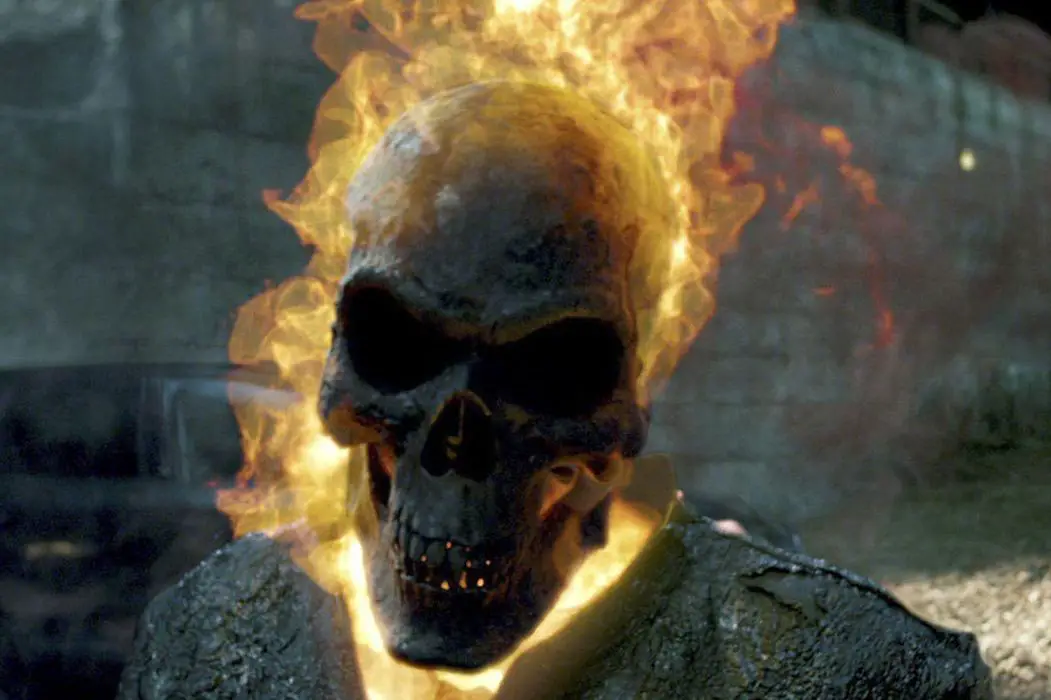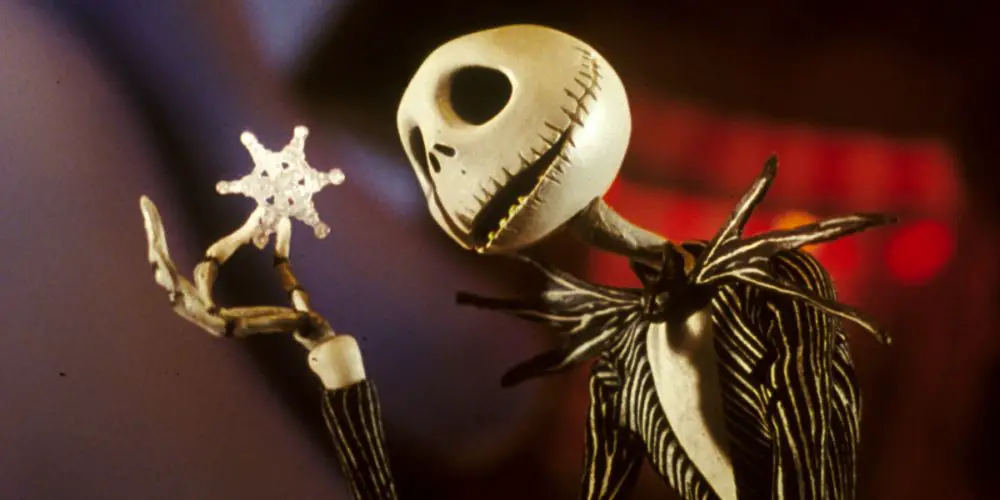Features

Made while studying at the Royal Welsh College of Music and Drama (in Cardiff, Wales) Charlie Gillette and Jack Archer’s film, These Things Never Last, is inspired by the all to scary political zeitgeist. While we have moved leaps and bounds in terms of rights and justice for people of both sexes, all races, and the widening range of sexualities and gender identifiers, a great pool of bigotry remains. This bigotry is cloaked in ideas about job security for our nations, concern over rising crime, and raised taxes.
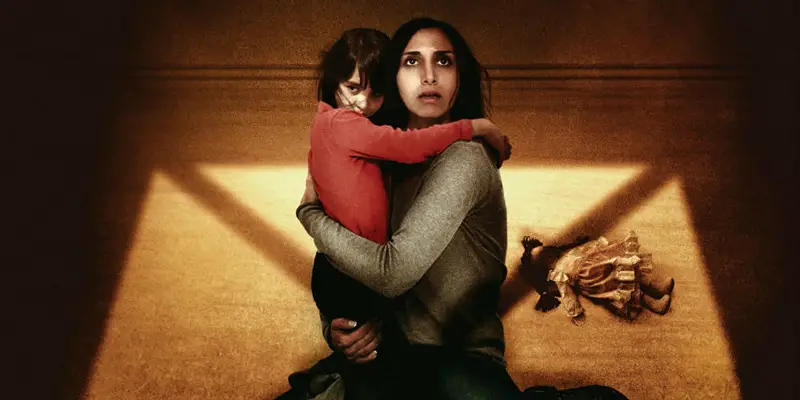
Film is one of the best artistic mediums because it’s always growing; it speaks every language, and every place in the world has their iteration as to what’s scary, twisted, weird or just downright bizarre. Different countries offer different interpretations of horror, from China where vampires hop to Korean Shaman. They don’t wave crosses, nor do they compel the power of Christ upon anyone, but just don’t fall in love with Isabelle Adjani.

Six foot plus, Nick DeRuve looks a movie star. And although he’s done some acting, it’s on the other side of camera, as a screenwriter and director, that the young filmmaker is intent on making his mark. It’s been a long road for DeRuve, from Schenectady, in upstate New York, to LA, and longer still to Toronto, where his movie The Runaway was recently screened.
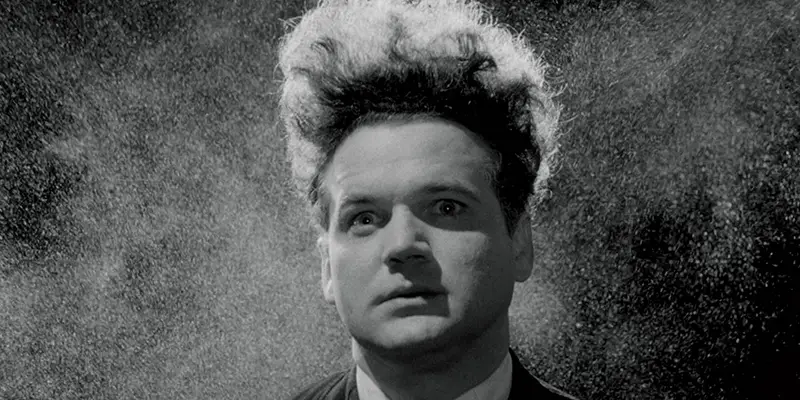
There is one movement cinephiles can thank for heroin addicts sinking into carpets and rose petals exploding from cheerleader’s chests: Surrealism. Not only has the movement influenced some of the most iconic films to date like Trainspotting and American Beauty, throughout the last century surrealism has completely turned cinema on its head; creating a new wave of film that drags reality into the world of insanity.
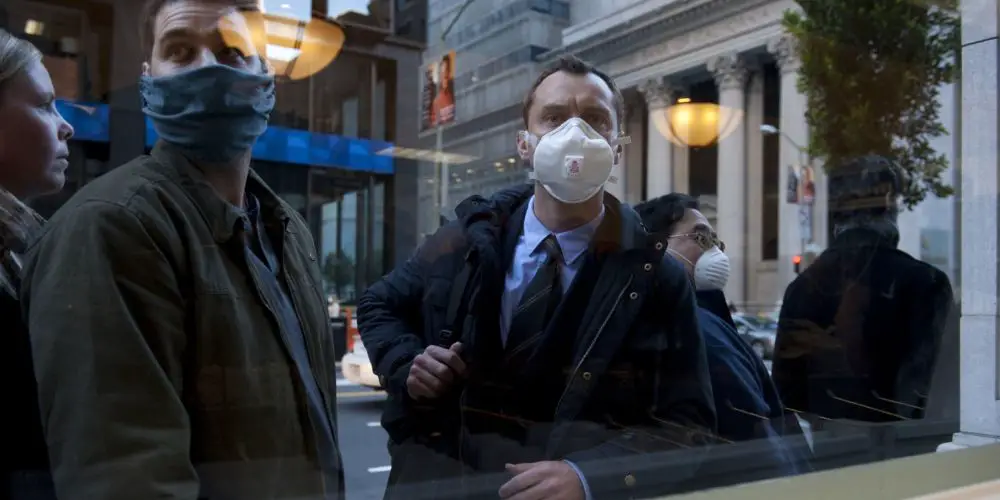
When we think about viruses in cinema, we usually think about them in conjunction with turning us into the undead. Indeed, the stunning alacrity and volume at which Hollywood churns out zombie epidemic films begs us to wonder if we have truly exhausted the “what if?” nature of this particular vein of horror.

Religious figures and various saints have been on film since the birth of the medium. It can be tricky for a director to present the story of a venerated character, as they can mean many things to different people. In both Carl Theodor Dreyer’s The Passion of Joan of Arc and the Martin Scorsese picture The Last Temptation of Christ, the directors brought their own religious visions to screen, although not without controversy.

News of DC’s Wonder Woman writers abandoning her bisexual identity in favour of a completely heterosexual romance with Chris Pine’s Steve Trevor came as Gal Gadot confirmed in a recent interview that this aspect of Wonder Woman’s comic book identity will not be featured in next year’s blockbuster. DC comic writer Greg Rucka confirmed earlier this year that Wonder Woman had “obviously” been in relationships with other women as she lived much of her life on an all-female island and so “it makes no logical sense otherwise” for her to have not had same-sex relationships in the past. The decision by the film’s writers to maintain a heterosexual veneer over an originally LGBT superhero is not really a surprising one.


